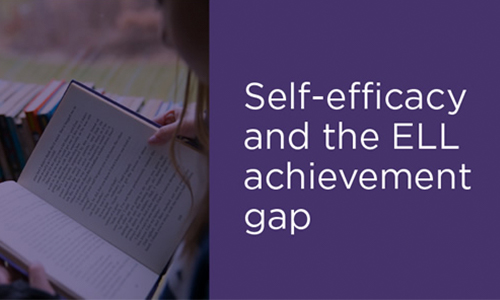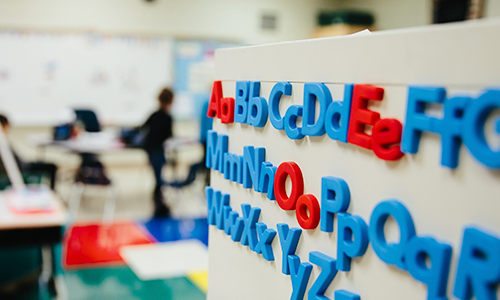Blog article
How to support ELL students: A Q&A with Dr. Jim Soland
2019
By: James Soland

Description
In this interview, James Soland discusses his research exploring the connection between social-emotional learning and growth in achievement for English language learner students.
View blogAssociated Research
Related Topics


Four-day school weeks have proliferated across the United States, but little is known about their implementation or their effects on students. This study uses district-level data from Oklahoma to provide estimates of the causal effect of the 4-day school week on high school students’ ACT scores, attendance, and disciplinary incidents during school.
By: Emily Morton


Achievement and growth for English Learners
This study reports achievement and growth from kindergarten to 4th grade for three groups of English Learners. The findings suggest summer support is required to help ELs maintain and develop academic skills.
By: Angela Johnson
Topics: Equity, English Language Learners, Seasonal learning patterns & summer loss


Achievement and growth for English Learners
This study reports achievement and growth from kindergarten to 4th grade for three groups of English Learners. The findings suggest summer support is required to help ELs maintain and develop academic skills.
By: Angela Johnson
Topics: Equity, English Language Learners, Seasonal learning patterns & summer loss


This study examined the stability of social-emotional learning (SEL) skills and the extent to which students’ initial level in SEL skills in 6th grade and growth in SEL skills from 6th to 8th grade are related to students’ successful transition to secondary school. Findings suggest that understanding how a student develops social-emotionally can improve identification of students not on track to succeed in high school.
By: James Soland, Megan Kuhfeld
Topics: Social-emotional learning, High school, Middle school


Predictors and consequences of school mobility in middle childhood
This study examined family factors associated with school mobility and if either a move during the previous year or cumulative moves across elementary school were related to child functioning. School mobility during elementary school did not appear to be a pervasive risk although the authors were unable to study very high rates of school mobility because of very small sample sizes.
By: Deborah Lowe Vandell, Megan Kuhfeld, Elizabeth Gershoff, Robert Crosnoe
Topics: Middle school, Social-emotional learning


A multi-rater latent growth curve model
To avoid the subjectivity of having a single person evaluate a construct of interest (e.g., a student’s self-efficacy in school), multiple raters are often used. This study provides a model for estimating growth in the presence of multiple raters.
By: James Soland, Megan Kuhfeld
Topics: Measurement & scaling, Growth modeling, Social-emotional learning


Within-year achievement gains for English Learners
This study reports achievement levels and fall-to-spring gains in grades K to 8 for three groups of English Learners (ELs): ever-ELs who were ever eligible for service; current-ELs who continue to require service; and dually-identified students eligible for both EL and Special Education services.
By: Angela Johnson
Topics: Equity, English Language Learners





